
Last night the Council appointed a subcommittee (Ron & Adam) to develop ideas in three areas;
– Creating a temporary pedestrian mall on the northern few blocks of Laurel Street, the core downtown area;
– Make recommendations on if and how to implement a “slow streets” program;
– Make recommendations on streets that might be closed temporarily (e.g., for the weekend) to create bicycle recreational routes
I’ll address the first item in a separate post. The last item is, IMHO, the least likely to result in anything because it involves “big” non-residential streets (e.g., a long part of Old County Road). Closing off such a stretch of road involves a lot of issues, many of which were cited by staff in its report to the Council last night.
The “slow streets” program is far more interesting. I have to admit I didn’t “get it” when I first heard about it. But a number of other communities (e.g., Redwood City, Burlingame, San Mateo) have adopted some version of it.
Let’s start with its most important feature. “Slow streets” does not involve closing a street, either temporarily or permanently. All that’s involved is posting signage at the entrances to a stretch of road to warn drivers they’re entering a “slow street zone” where they should proceed cautiously and keep a sharp eye out for pedestrians in the roadway, bicyclists, kids playing ball, etc.
A good way to think of a “slow streets” program is as a way to reduce the speed limit on a residential street, and in such a way that drivers would be unlikely ignore the change. That’s because the signage warning them is put in the roadway; they have to slow down to get around it. But the signage doesn’t block access to the road, allowing necessary traffic1 to proceed. That’s why it doesn’t close the street2.
There are some trade-offs involved. One is that it inconveniences drivers. it might also concentrate traffic onto nearby streets3. Not all streets are amenable to it, either. Getting around the sign has to be possible but difficult (the difficult part is what causes the traffic to slow). In that sense it’s similar to the situation involving roundabouts. If a driver can whip around the signage (or whip around the roundabout) the slowing process never takes place and the risk to pedestrians and bicyclists isn’t mitigated.
I think there are a number of residential streets in San Carlos where the slow streets concept would be a good experiment to run during the pandemic and where the residents would appreciate it. There are a lot more people and bikers out and about. Slowing traffic below the normal 25 MPH limit would substantially reduce the risk of them being hit.
Moreover, one of the most common complaints I’ve gotten from residents over the years is “the traffic on my street is too fast”. The slow streets program may be a good way of responding to that long-running concern, at least during the pandemic.
If you’re interested in the “slow streets” program check out what some of our neighboring communities have done. And, whatever your views on the idea end up being, make sure you share them with the subcommittee and the Council.
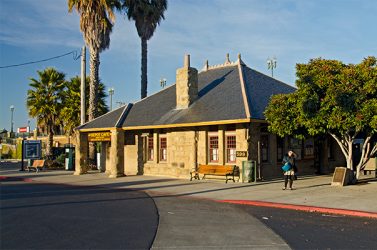
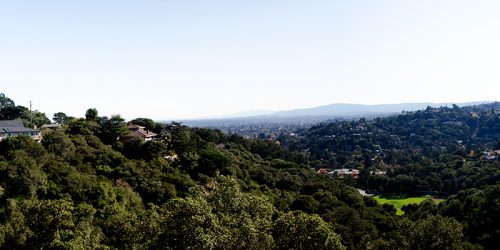
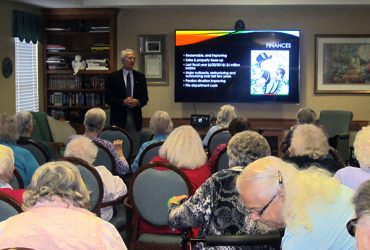
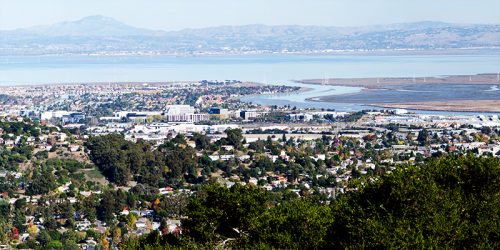
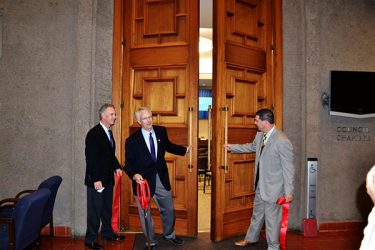
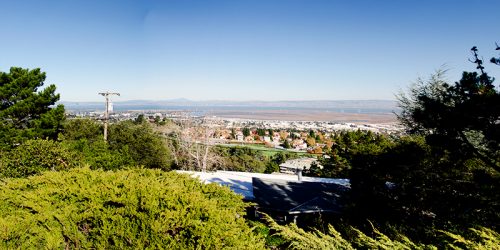

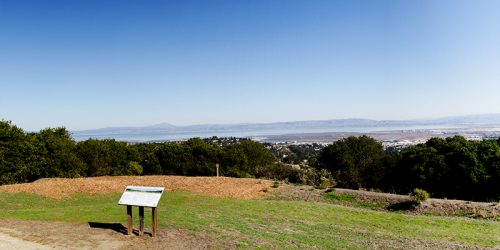
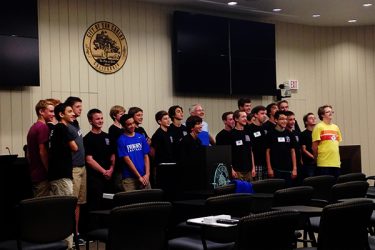
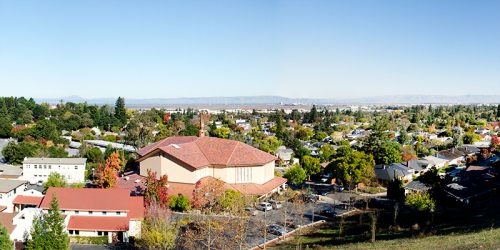
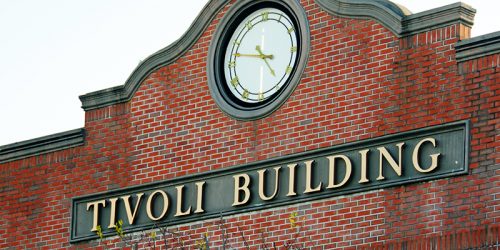
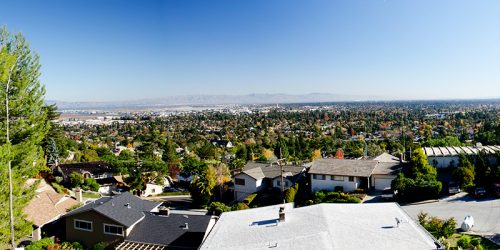
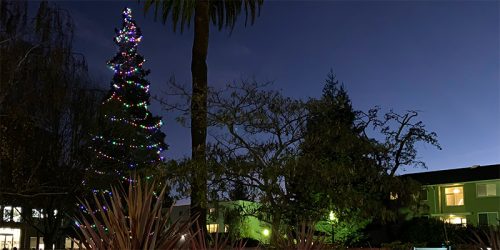
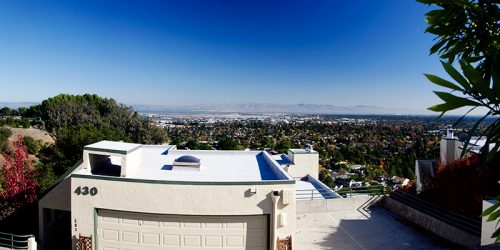
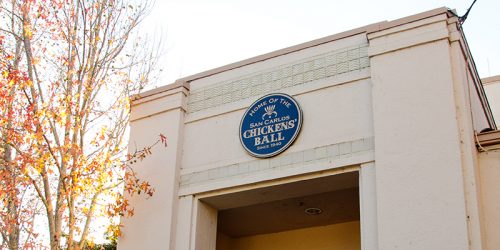
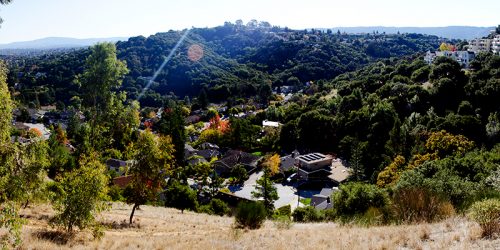
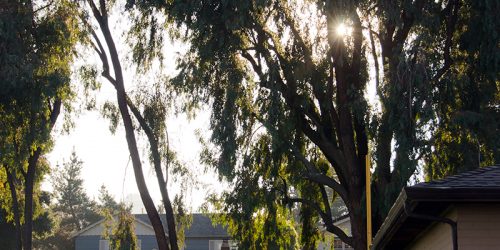
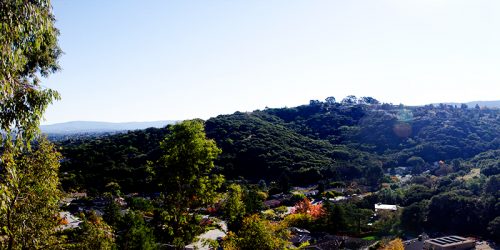
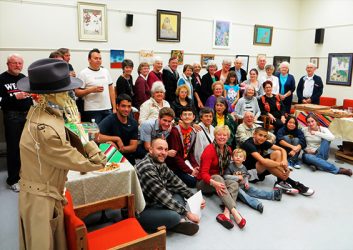
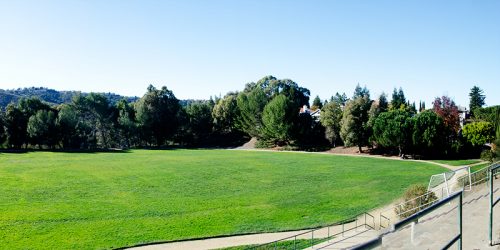
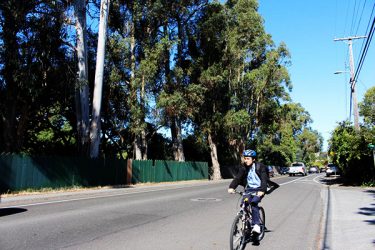
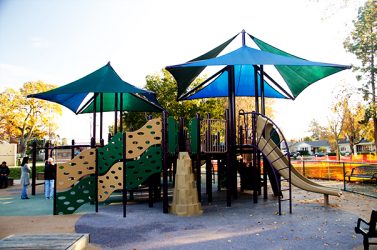
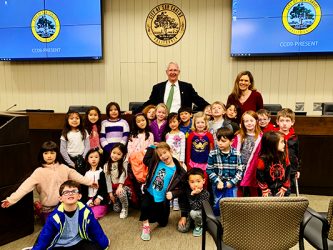
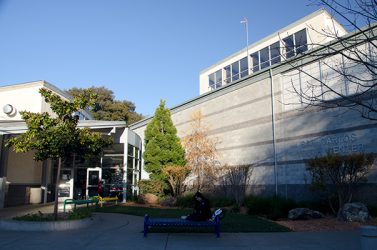

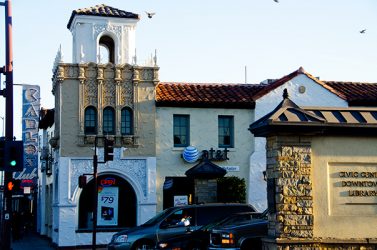
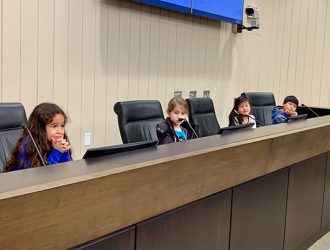

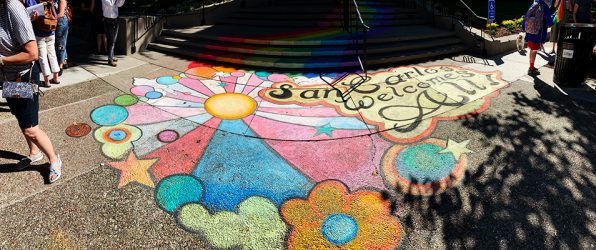
6 thoughts on “Slow Streets Are Safer Streets”
Bravo, yes!
Between Belmont and Brittan, at least, the following streets could all be made Slow streets:
Rosewood
Woodland
Geneva
Chestnut
Orange
Oakhurst
More controversial, but I would also support placing barriers on parts of Elm that can only allow pedestrians and bikes in order to turn it into a bike boulevard.
Finally, I would urge the council to start from the data on traffic injuries to help guide priorities.
Crestview Drive should be the “slow street” test case. Currently on weekends, it is literally a raceway where the same cars drive at ridiculous speeds on a residential street, endangering everyone.
As for downtown, the half of the city that is not in walking distance needs a place to park when we are there. We have lost a chunk of that capacity during the last year and can’t afford to lose more. Parking would be more difficult on a “slow street.”
All good points. The signage idea reminds me of all the times I’ve seen middle-of-the-road “yield to pedestrian” signs at crosswalks near schools mowed down by cars & left squashed in the street. If we don’t already drive like every street’s a parking lot, maybe we could try that :). Under shelter in place some streets are also playgrounds & if that’s how they’re being used we can drive like that. I’ve been so heartened to see parents teaching their kids to ride & groups of teenagers out riding, older siblings riding bikes in the street keeping an eye on younger siblings on scooters on the sidewalk.
Hi @Andi,
The idea being considered for the downtown core isn’t part of the “slow streets” review. It’s got a different goal: trying to create a place which more people will use as the re-opening occurs, but in a way which helps the local retailers and restaurateurs get their feet under themselves again. Conceptually it’d involve closing off a section of Laurel to all traffic — which would “cost” a bunch of parking spaces. Deciding whether that’s “worth” the cost — of requiring people to use the Wheeler Garage, perhaps the SamTrans garage, and/or walk a bit further from their cars — is how the idea will likely be evaluated.
– Mark
Hi @Gretchen,
The signage plays a key part in making the “slow streets” concept work. They’re more substantial than the typical “flexible” signs that (some) people drive over or hit :). They’re robust enough that drivers instinctively know hitting them, even in passing, would cause at least cosmetic damage to their vehicle. That’s part of what causes drivers to slow down.
Any portable sign can be moved, of course. But that’s a fairly anti-social act, and time-consuming.
– Mark
Thanx to everyone who has participated in (or will participate in :)) this conversation!
I strongly urge you to apply one of the basic rules of politics: if you want something to happen (or not happen) don’t just sit around and discuss it. Get engaged!
In this case that means contacting all the Council members (but particularly Ron Collins and Adam Rak, who are on the subcommittee tasked with developing recommendations), Steve Machida (our director of Public Works) and Jeff Maltbie (our City Manager).
I’ve written a brief perspective on “how to lobby” which you can find at http://104.168.220.233/council/public_html/talking-with-electeds/. While meeting in person may be more difficult (but not impossible) during the pandemic there’s always a video call, from a smart phone, via Zoom, Microsoft Teams, etc.
You can find the Councils’ email addresses at https://www.cityofsancarlos.org/government/city-council. There’s even a handy “email everyone at once” link on the page.
Steve’s email is smachida@cityofsancarlos.org. Jeff’s is jmaltbie@cityofsancarlos.org.
Whatever your position on this, get engaged!
– Mark